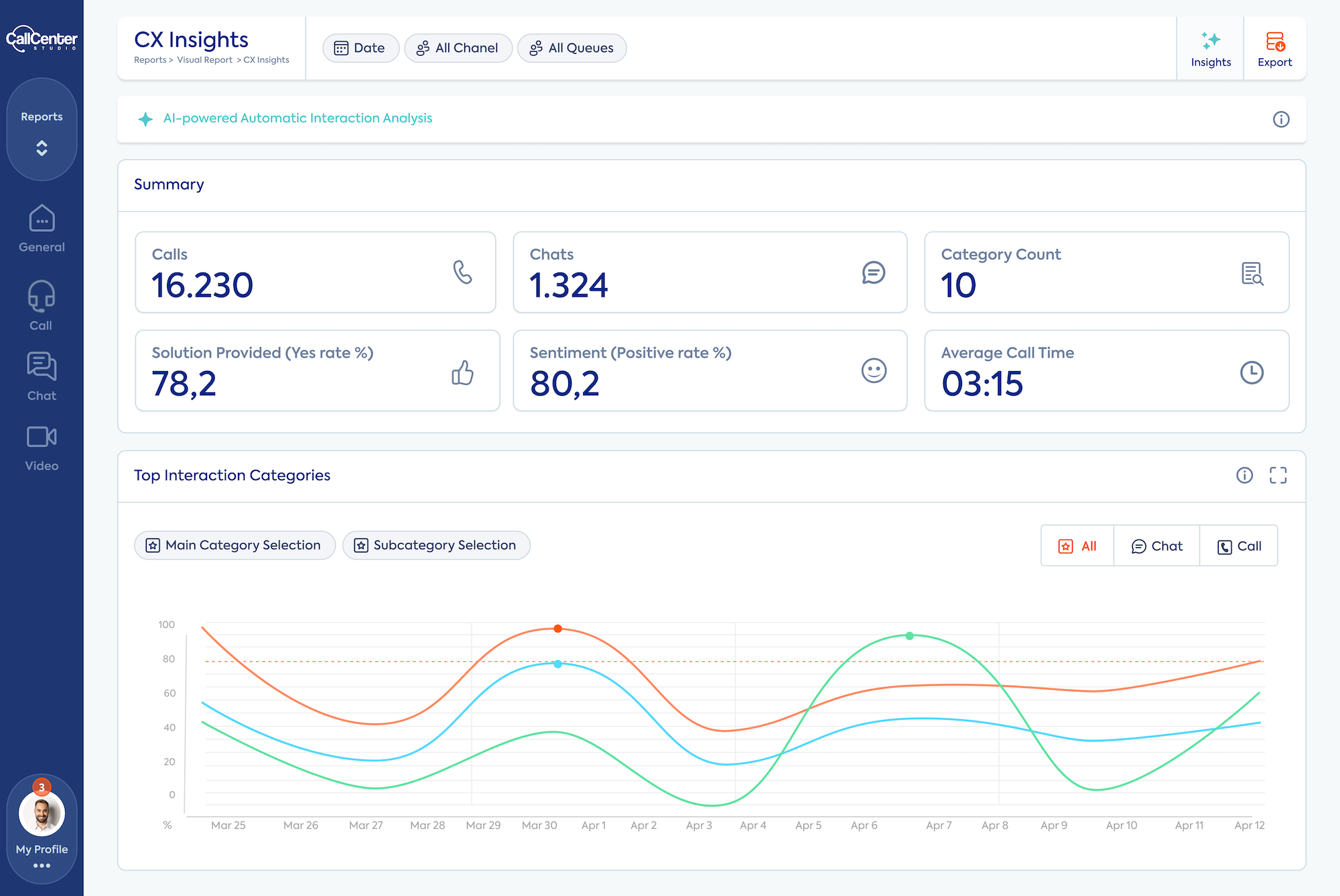You don’t need a degree in psychology to know this: unhappy customers speak louder than happy ones.
And statistics also speak the same:
- 32% of customers will walk away from a brand they love after just one bad experience
- Only 1 in 26 customers actually voice their complaints
That means if you’re not proactively listening and responding, you’re ignoring a crowd of silent churn risks.
Let’s unpack how handling customer complaints the right way from problem to power move.
The Mindset Shift: From Complaint to Catalyst
Your most vocal critics are often your most passionate customers. Because they care enough to say something, that’s where turning complaints into opportunities becomes more than a feel-good phrase.
When most companies think about handling an irate customer, they picture a headset-wearing rep trying to de-escalate a shouting match.
But the real opportunity lies beyond the apology:
- Every complaint is a data point waiting to be translated into action
- Support teams can use these moments to influence the service or product
- The best responses turn tension into trust
One interaction handled with empathy and speed can flip a negative review into a loyalty story worth sharing.
Summary: The first step to transformation? Seeing complaints as data, not drama.

Practical Playbook: Smart Tactics That Make a Difference
Not every angry customer wants a refund. Many just want to be heard.
A solid customer feedback strategy ensures your team is listening, not just reacting. It’s less about scripts and more about giving teams the tools and confidence to respond authentically.
Thanks to smart support tools, agents have instant access to:
- Past interactions,
- Sentiment cues, and
- Helpful prompts.
This makes it easier to de-escalate and resolve with speed and empathy.
Here’s a shorter checklist of complaint resolution best practices:
- Listen fully before responding
- Acknowledge and empathize with the issue
- Take timely action
- Document and follow up where needed
Summary: Support teams win when they’re equipped, empowered, and empathetic.

Data-Driven Follow-Up: Close the Loop, Build the Brand
One of the biggest missed opportunities in improving CX through feedback is the follow-up.
Customers remember when you circle back not just to fix the issue, but to show you’ve made changes thanks to their feedback. This is also where long-term customer loyalty is built.
There are plenty of ways to acknowledge your customer:
- A thoughtful email update that references their specific issue
- A discount code as a gesture of appreciation
- A product tweak that reflects their suggestion
Call Center Studio support tools to empower your team with context and insights. Because none of the feedback operations are scalable without real-time support solutions. That’s why we offer:
- Real-time dashboards to monitor complaint trends
These dashboards give support leaders an at-a-glance view of how complaints are trending across channels, helping spot problem areas fast. - Alert systems to flag spikes in negative sentiment
These systems automatically notify managers when customer tone shifts or complaints surge, allowing for instant triage and smarter staffing.
Think of it as a complaint radar for your CX team.
Summary: Close the loop on feedback and customers will open up to your brand.

Culture of Proactivity: Build for the Long Game
Great proactive customer service starts with thoughtful design. Don’t you know where to start? The key practices for productivity are:
- Auto-tagging complaints: Tagging common themes like billing issues or login problems automatically. It saves agents time and flags repeat issues faster.
- Use automatic call routing: It is tied to tagging. ACD ensures those tagged issues are sent directly to the best-fit agent or department, speeding up resolution.
- Giving agents real-time insights: Agents need to reach current sentiment or previous complaint history so they can act fast and personalize their approach in the moment.
This leads to:
✔️ A stronger frontline reputation
✔️ Lower churn, and
✔️ Better reviews
Effective complaint management should be seen as a growth lever, not just a support task.
If you’re still treating complaints like isolated headaches, it’s time for an upgrade. These 4 steps can be your system skeleton:
- Use NLP to identify recurring pain points
Start by leveraging natural language processing (NLP) tools to scan complaint logs for patterns. This helps you quickly surface recurring issues and prioritize systemic fixes.
- Set up alerts for specific complaint categories
Configure automated alerts for common or high-risk complaint types. This enables your team to act swiftly when patterns start to emerge. - Establish cross-functional complaint review meetings
Bring together support, product, and operations teams regularly to review complaint data. These meetings should lead to shared accountability and clearer action plans. - Create a feedback-to-roadmap pipeline
Systematize how feedback gets translated into product or process improvements. Tie insights from support directly to your development and innovation cycles.
Summary: Build processes that treat complaints as early warnings, not last resorts.
Recap: Complaints Are a Gift (Yes, Really)
Always consider handling customer complaints as a strategy. Because it’s your key to loyalty and retention.
Let‘s summarize what we covered:
- The Mindset Shift: Don’t just react. Treat complaints as data. This unlocks insights that drive smarter service and better products.
- Data-Driven Follow-Up: Closing the loop builds customer loyalty and proves you’re listening.
- Operational Proactivity: Embedding real-time support solutions into your workflow helps you spot trouble before it spirals, making complaint management a growth driver.
Tactical Execution: A strong customer feedback strategy combined with empowered agents and smart tools.
Get started using Call Center Studio AI-powered support tools now.
And the next time a complaint lands in your queue, don’t flinch. Treat it like the feedback goldmine. It is.




